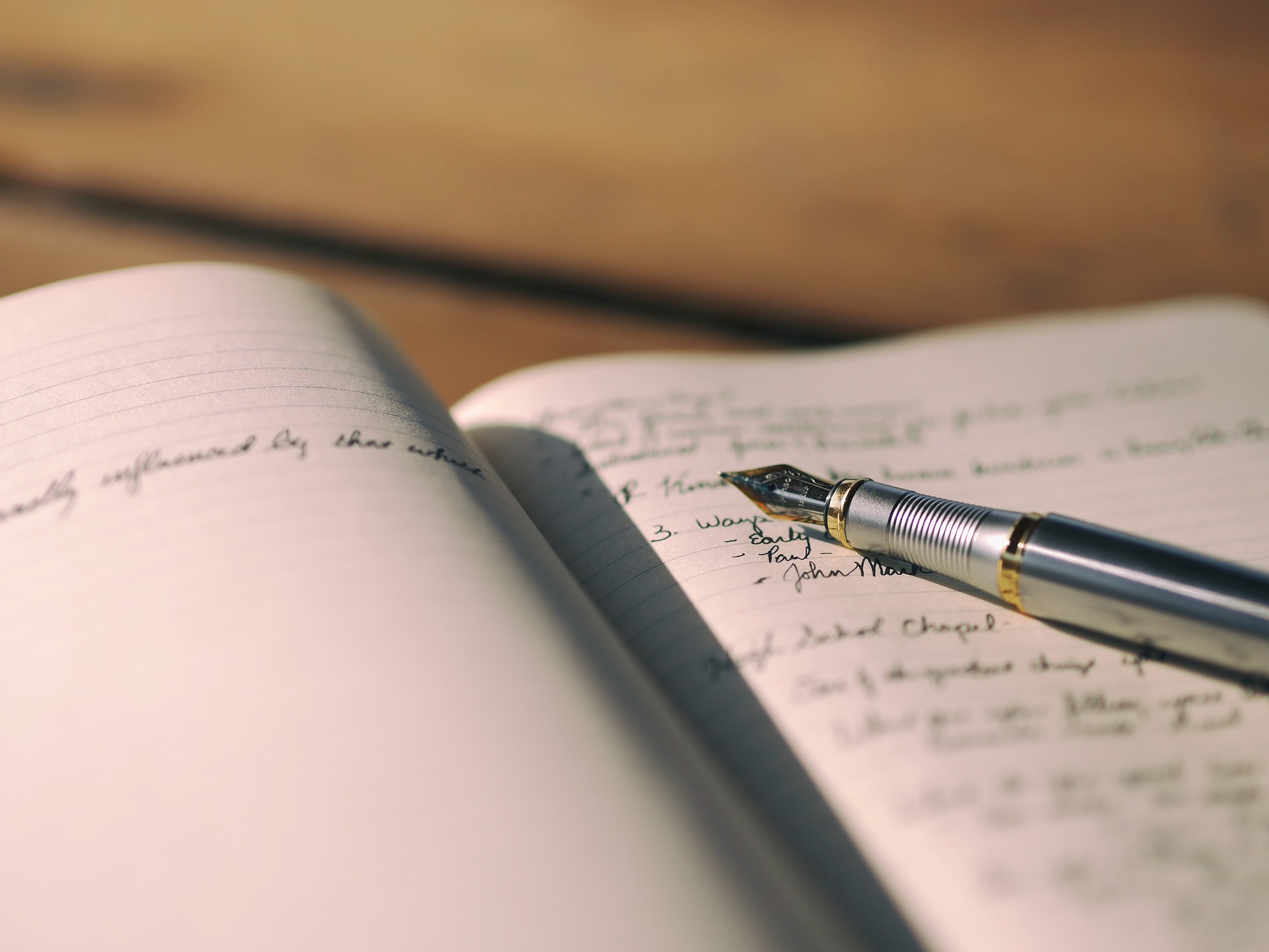by Misha Hutchings, Research Associate
In a tropical country like Indonesia water is available everywhere — pouring down in torrents onto city streets, hovering as mist in rainforests and along the coastline, snaking as rivers from countryside to city, and bubbling up from beneath your feet where you least expect it. Unfortunately, like many countries rich in water resources that are experiencing exponential urban growth, it is difficult for all city residents in Indonesia to obtain access to potable water. In the inland Javanese city of Malang, our first pilot location for the Indonesia WATER SMS Project — to improve water services for the urban poor using crowd-sourced map data from reports that people send using cell phones and email — 80-85,000 households of the 819,000-person population receive direct service from the local water utility, PDAM Kota Malang. This is among the highest connection rates for water utilities in Indonesia.
In our second pilot location of Makassar, situated on the western coast of South Sulawesi, the water utility, PDAM Kota Makassar, services 692,308 residents out of a 1.3 million plus population — of these about 60% receive water by pipe distribution. Others receive water from storage tanks that are replenished with trucked-in water (see photo on right). This begs the question: where do urban Indonesian residents get their water when they don’t have access to municipal water services?
Wells (Indonesian, sumur) and springs (mata air) are used as both primary and utility back-up sources for everything from drinking water – although most won’t admit this to strangers – to washing clothes and watering plants. Signs for bore drilling services are as common as weekend garage sale signs in North American cities. Residents are relying more and more on wells and springs when utility service is interrupted, shut off, or just simply too expensive to provide enough water for all daily household needs. In some cases, these sources are more trusted even when a water connection is available. In several Malang and Makassar neighborhoods, wells are becoming less and less reliable during the dry season, putting pressure on the families and other nearby water sources.
While rivers (Indonesian, sungai) are among the easiest water sources to access because riverbanks can provide multiple access points for multiple users and water is already above the ground, they are also among the easiest to pollute. Rivers are looked to for daily household washing and in extreme cases for bathing and brushing teeth (see photo above). Unfortunately, they are also used as toilets and urban waste disposal points.
Water vendors (Indonesian, penjual air) provide water from shops, door-to-door by foot, push bike or truck, or even from homes (see photo to left). They take their water from a variety of sources including surface water such as rivers and streams, wells, and from existing water utility connections. The convenience is undeniable, especially when residents have no other option and little time. But when it comes to quality and price, the long term hazards may not be worth the convenience.
Drinking water user associations (Indonesian, HIPPAM, Himpunan Penduduk Pemakai Air Minum) pool their labor and resources to provide low-cost water for the communities where formal municipal water service is not yet available either because of affordability or location. Sometimes this communal service just includes pumping services, storage, communal access points, and maintenance and administration. Other times it includes water connections to individual homes and tiered tariff systems — the lowest tier being free service to support the neediest families. While most are independently operated by the communities, some do receive support from the government, NGOs, and even the nearest water utility.
Many communities will work together to pool their labor and funds to get water for everyone, typically a cheaper option than getting individual household connections. They dig and maintain community wells and construct collection, washing, and bathing facilities around springs, as well as build storage units supplied by pipe or truck with the help of a government agency such as the local utility. All of these sources are solicited by the communities when municipal water service to households is insufficient or out of reach.


